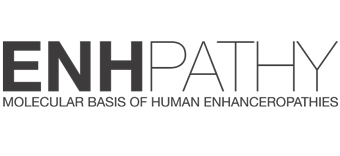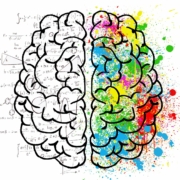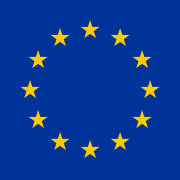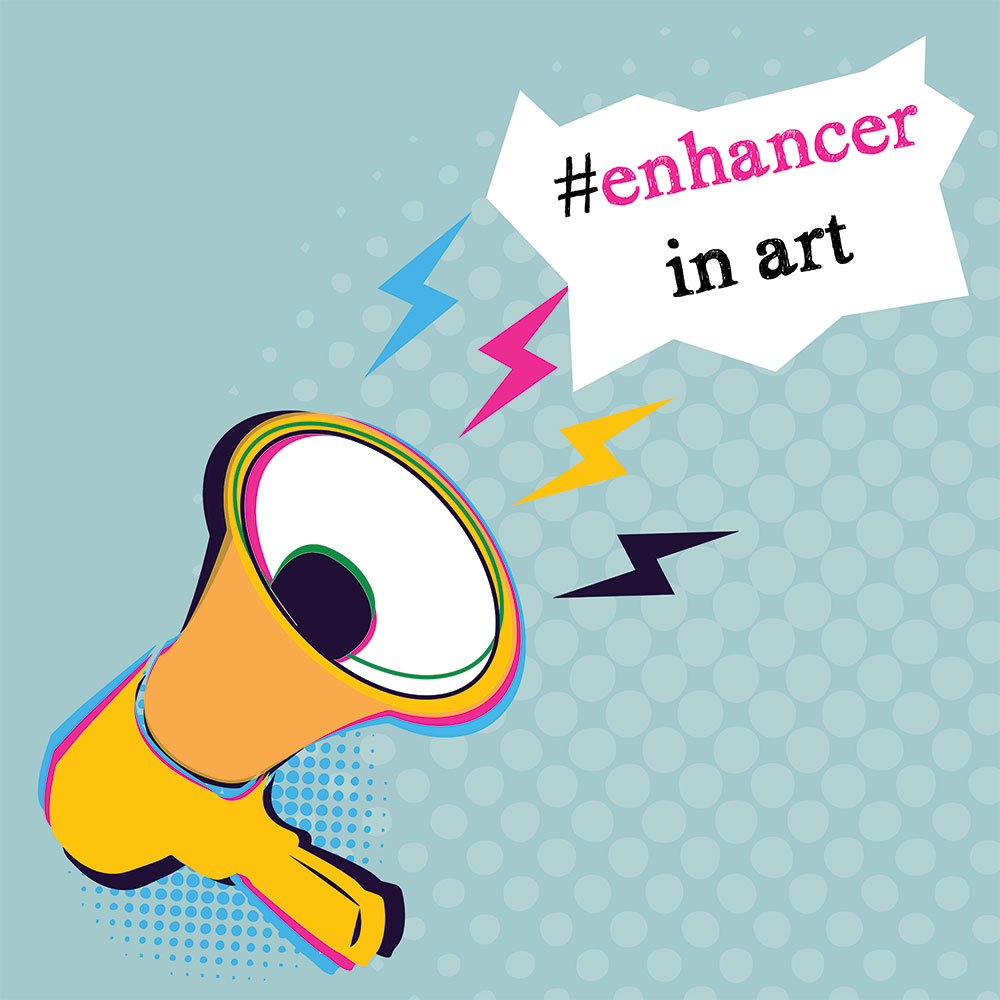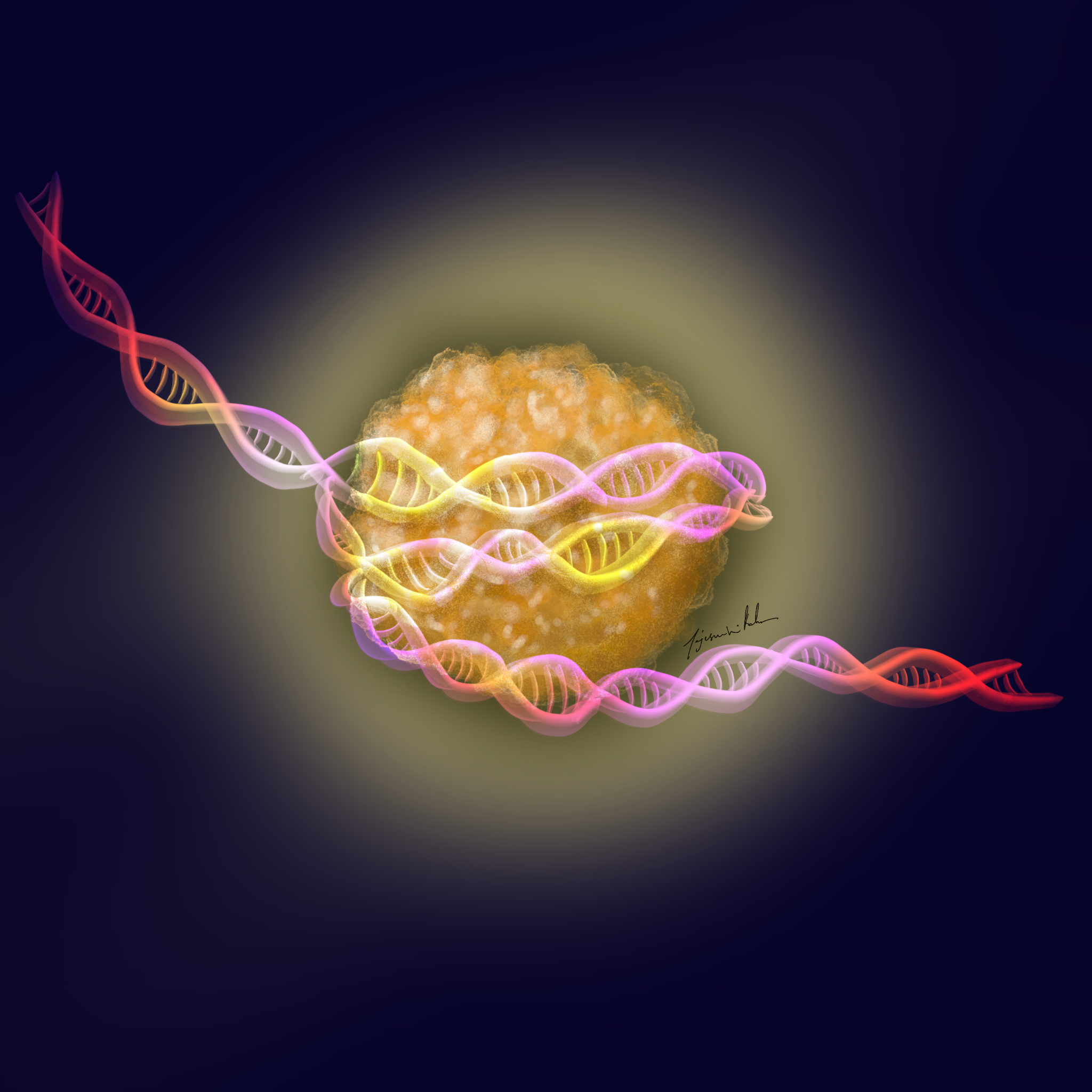Many people believe scientific investigation only involves analytical thinking – a purely logical endeavor that is, unlike fine arts, free of any form of creativity. However, I have always seen scientific research and its integral problem-solving process as an inherently creative process. To me, the laws of nature and the analytical framework given by the scientific method only set the boundaries within which a scientist or engineer can act creatively to answer a question or solve a certain problem – much like artists are limited by their medium of choice. While our imagination may, to a certain extent, go beyond worldly constraints, painters will be limited by the canvas and the colors available to them, sculptors cannot go beyond our three dimensions, and musicians are bound to the tonal range of their instrument; to name but a few examples.
However, boundaries can also give rise to creativity, in art as well as science. The art is to fully express a conceptual idea despite the limitations.
A stunning example of creative thinking in science and its importance are Einstein’s thought experiments, most notably those related to his theory of relativity. At the time, recent developments in the field of electromagnetism (related to the Lorentz transformations) led to a mathematical model which implied that time and space would not be absolute. Inspired by this, Einstein considered various scenarios only using his imagination, with the mathematical model setting the creative boundaries. Without performing any hands-on experiments or setting foot in a laboratory, he formulated the theory of relativity. In his thought experiments he visualized beams of light that he is chasing, moving trains struck by lightning, or accelerating elevators and based on that reasoned out physical consequences. Through creativity and imagination, a scientific theory was born which still helps us in our daily lives (e.g., location tracking on our phones) and predicted phenomena we only managed to observe almost one hundred years later (gravitational waves were first observed directly in 2015).
Thus, I see art and science closely linked, with creative and imaginative aptitude forming the cornerstone for both – but one pertaining to emotion and the other to reason.
With Enhancer in Art, I hope my research will be translated from the world of reason to the world of emotion, therefore making it more approachable. This might help the layman, perhaps deterred by the analytical framework of science, to understand the creative process that science shares with art.
